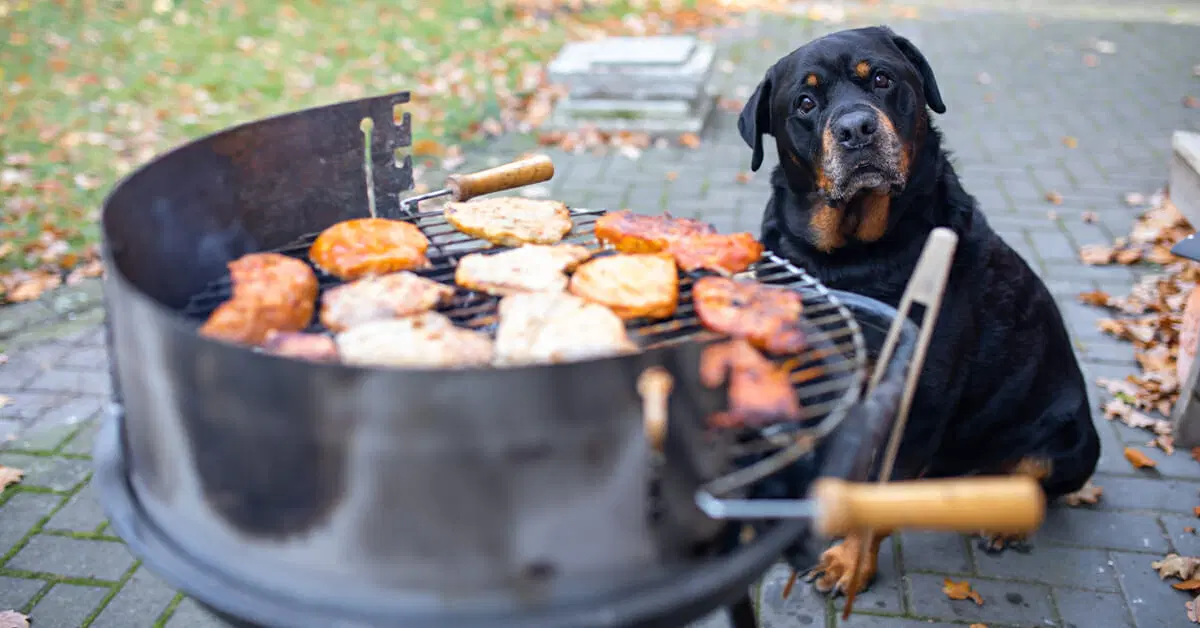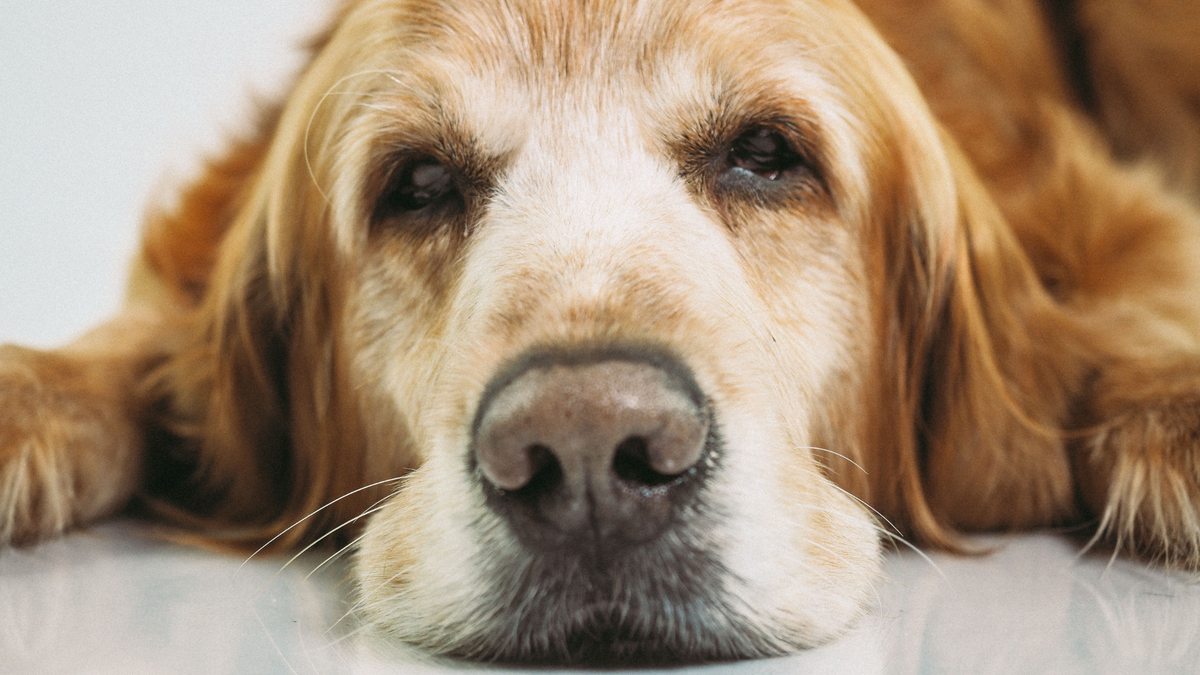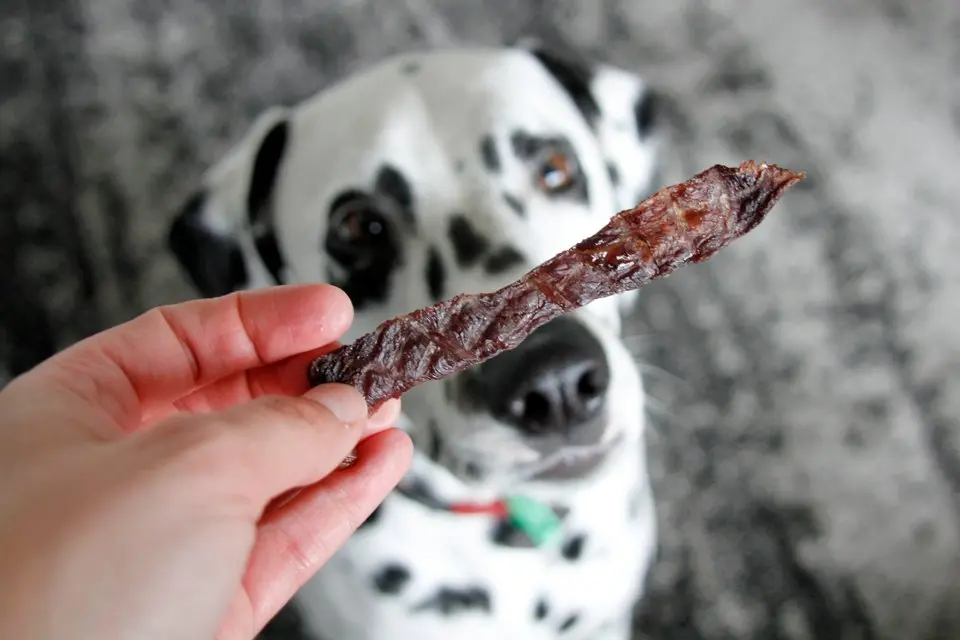Have you ever noticed your dog gulping down water like their life depended on it? And has your dog ever had any issues from drinking too fast? Or maybe you’re wondering… “What’s the big deal? Can this really hurt my dog?”
Some pet parents have trouble getting their dog to drink much water at all. But others have the problem of their dog drinking water way too fast. And believe it or not, this can really be a big problem for our pups.

Why is My Dog Gulping Water?
Sometimes dogs are just extra thirsty, like we are. And maybe after a long walk or playtime, they want to drink up a bunch of water. But sometimes gulping down water too fast is a result of a health issue.
If it seems like there might be something serious going on with your pup, or you’re not quite sure, it’s always best to consult your veterinarian. But here are a few possibilities of why they are drinking water so fast.
- Excessive dehydration – This could be from extreme heat, dry weather, or lots of physical activity.
- Health problems – It can be a side effect of a health issue like infection, kidney failure, diabetes mellitus, and Cushing's disease. Ask your veterinarian about any concerns you may have.
- Salty foods – If your dog consumes any human foods that are high in sodium, this could also cause extreme dehydration.
- Medications – Certain medications can also cause dogs to feel thirsty and dehydrated. Consult with your veterinarian to find out more about the side effects of your dog’s medications.
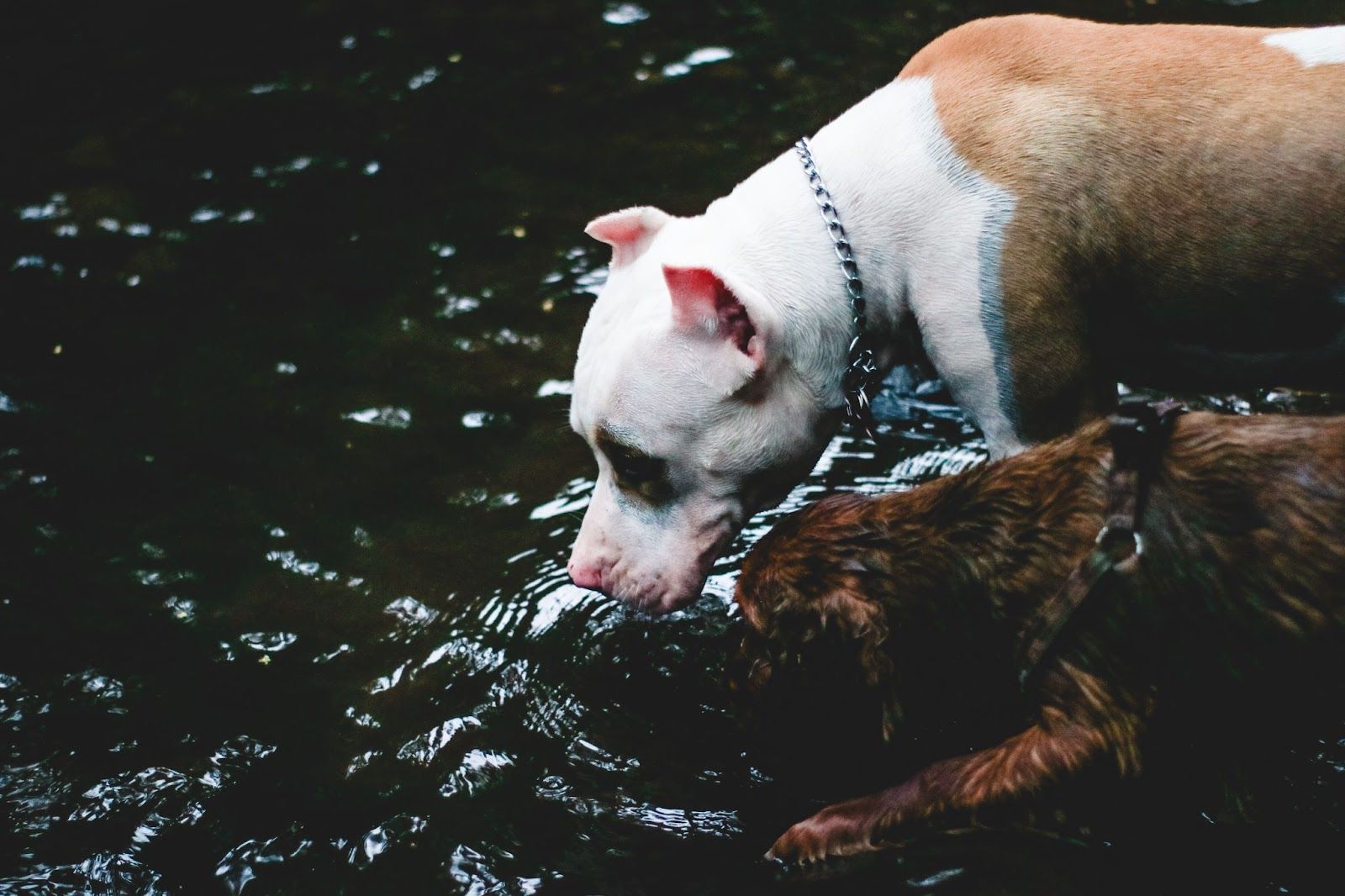
What Happens If a Dog Drinks Water Too Fast?
Believe it or not, drinking water too quickly can be very harmful to your poor dog. Especially if this continues to happen on multiple occasions over time. These are a few of the main problems to be concerned about.
1. Vomiting
If your dog eats or drinks too quickly, it can cause them to throw up. This may not sound like too big of an issue, but it becomes a vicious cycle where your pup becomes dehydrated from throwing up, so they drink more water. And then because of drinking too quickly again, they throw up again. And so on. If this continues to occur over and over, it will have harsh effects on their stomach and esophagus. And then your dog is also losing essential nutrients and electrolytes that keep him or her healthy.

2. Canine bloat
Canine bloat isn’t just when a dog’s stomach is a little bloated looking. It’s actually a condition where dogs accidentally ingest large quantities of air when they eat or drink too fast. And this condition is actually quite serious, and could become fatal if not addressed quickly.
If your dog has Gastric Dilatation, the excessive air in their stomach is relieved by being pumped out. Or your dog may suffer from both Gastric Dilatation and Volvulus, which is where the bloat progresses into “a volvulus, in which the huge, gas-filled stomach twists upon itself so that both the entrance and exit of the stomach become blocked. This is a life-threatening emergency that requires urgent surgery to correct.”
So if you are concerned at all that your dog may be suffering from these disorders, please contact an emergency vet immediately.
3. Fluid in the lungs
If your dog drinks too quickly, sometimes the water can “go down the wrong pipe,” just like it does with us sometimes. This can actually cause your dog to have fluid build up in the lungs called pulmonary edema, which can lead to pneumonia. And sadly, this can lead to even more health problems.
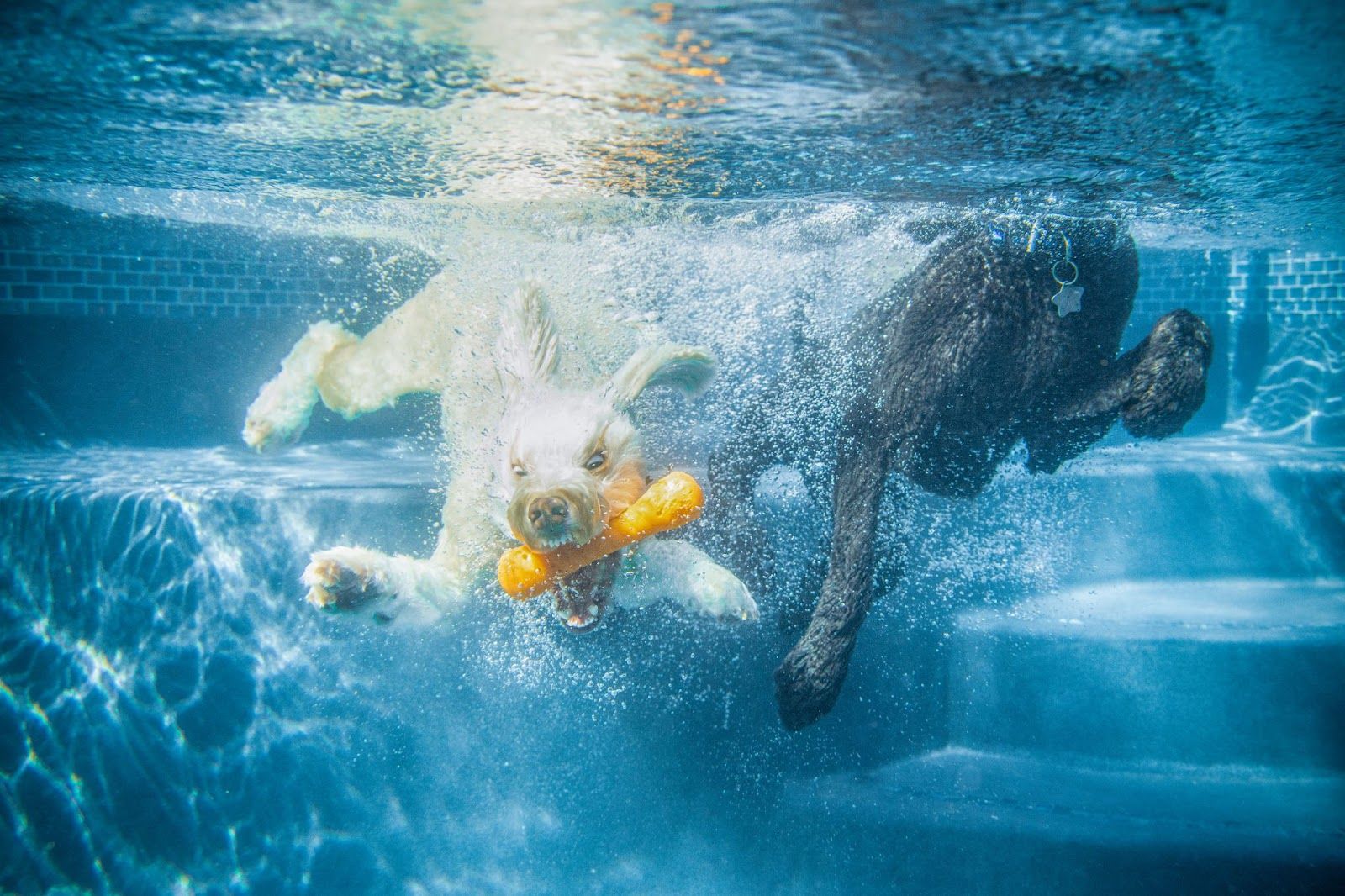
4. Water intoxication
Water intoxication or water poisoning isn’t very common, but is still helpful to be aware of. Just like in humans, there is such a thing as too much water for dogs. If your dog has taken in too much water, and they aren’t throwing it up or urinating, they could be suffering from water intoxication—known as hyponatremia.
It’s rare, but is sometimes seen in dogs who play in the water a lot or drink from pressurized water like a sprinkler or hose because they accidentally take in too much water. “Excessive amounts of water cause the body to lose sodium. The body’s cells begin to fill with water and swell. If the cells in the brain swell, it can affect the central nervous system which can be fatal.”
How Can I Get My Dog to Drink Water Slower?
Ok, now that we’re past the scary part… Let’s talk about some simple and helpful ways to slow your dog’s drinking.
- Limit their water supply. You’ll have to refill their water bowl a lot, but if you only give them small amounts at a time, they can’t drink too much all at once.
- You’ll find some DIY ways online to slow down your dog like putting a large ball in their water bowl, so they have to drink around it. This is fine, but make sure it’s large enough that your dog wouldn’t choke on it, and that it’s not going to “shed” pieces of fabric or plastic into their water.
- Some people suggest putting ice cubes in their water bowl, so they have to fish around them to drink the water. Or maybe they’ll even fish out the ice cubes to eat them.
- My favorite solution is using an anti-gulping dog water bowl. It is the safest and most consistent solution. Most of them are designed in such a way that there are bumps in the water bowl that your dog has to lick around. You can find this sort of thing for food bowls as well. But I would suggest specifically using one of the anti-gulping water bowls because they will have fewer bumps. The slow-feeder dog bowls usually have more obstacles to slow a dog down while digging out their food.
These solutions are cheap and easy. And if your dog hasn’t suffered any harm yet, why not take these simple steps now to prevent serious problems from happening later on?
For more helpful articles about pet-parenting tips, check out the Off Leash blog at TryFi.com.
Want to know more about TryFi.com? The Fi Dog Collar is a GPS tracking collar that not only keeps track of your dog’s location, activity levels, and sleep patterns, but it also alerts you if your dog escapes your backyard. This is the fastest way to find your dog after an escape. Try the Fi Dog Collar today!
Want more How to articles?
